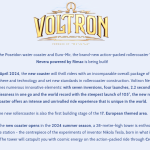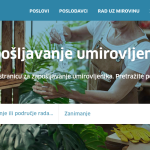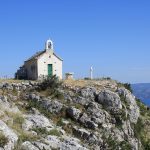solar power croatia
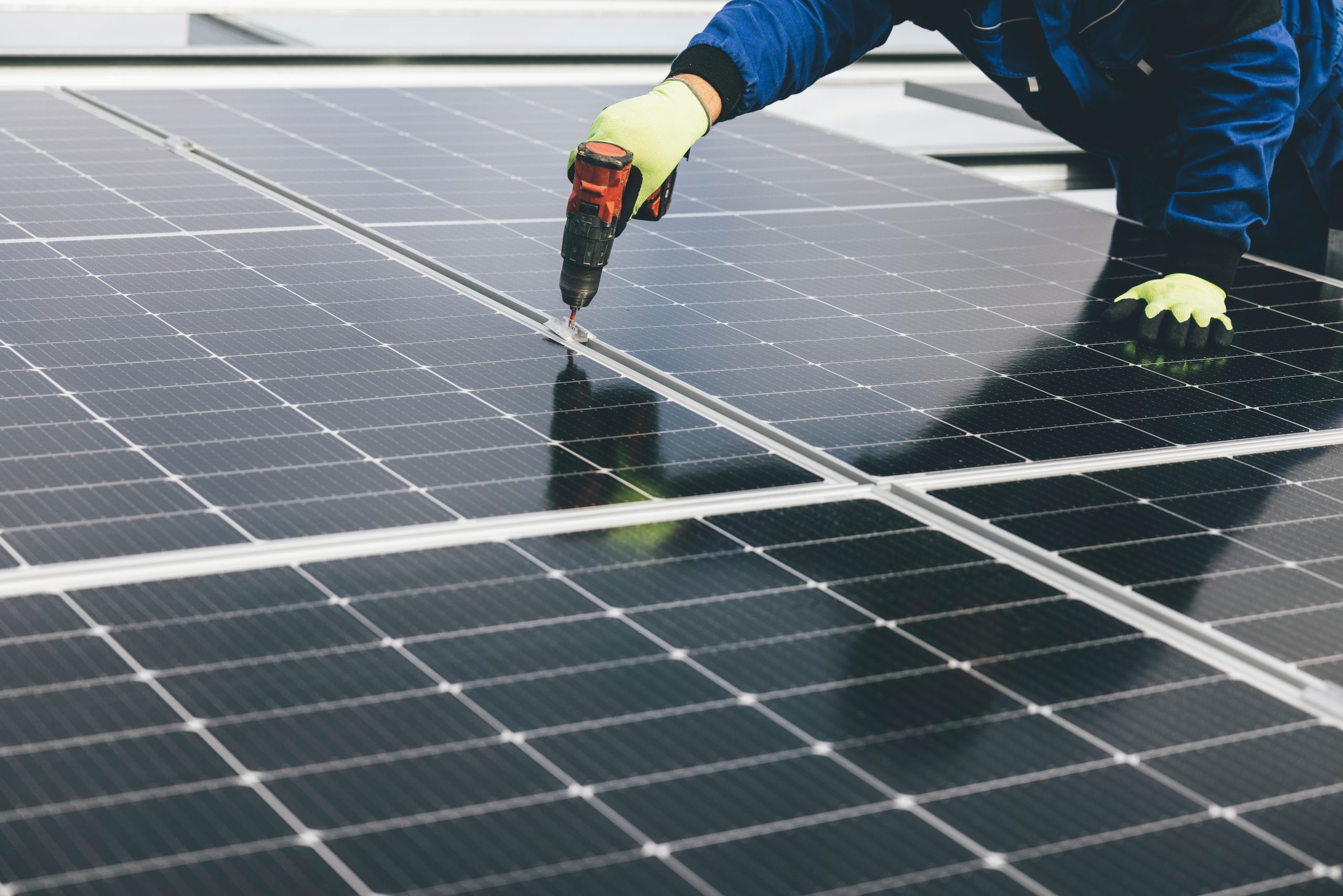
Dugopolje Solar Power Plant Contract Signed
November the 9th, 2023 – The contract for the construction of the Dugopolje solar power plant has now been signed. ...
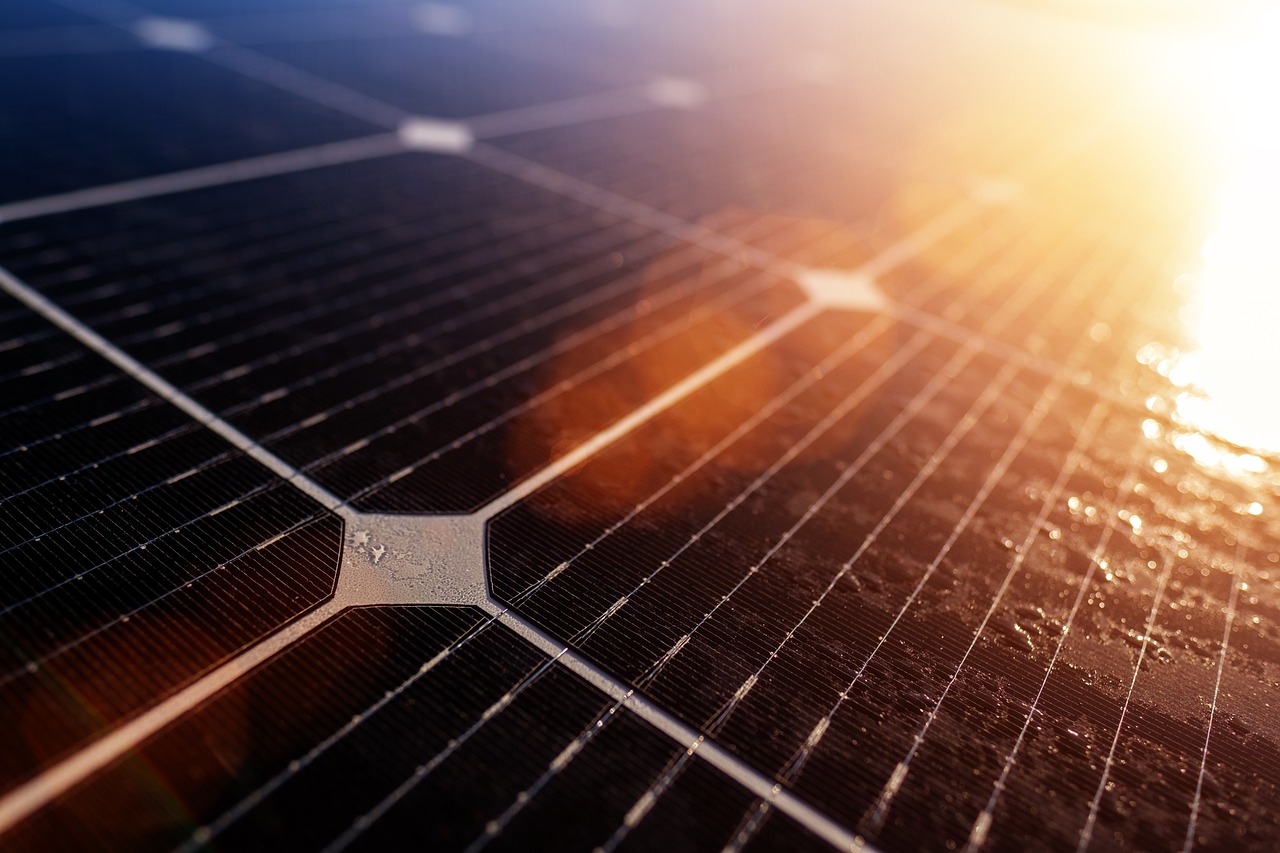
Podravka Solar Power Plant Wins Energy Award
July the 8th, 2023 – As a company which invests a lot in being green, it isn’t a surprise that ...
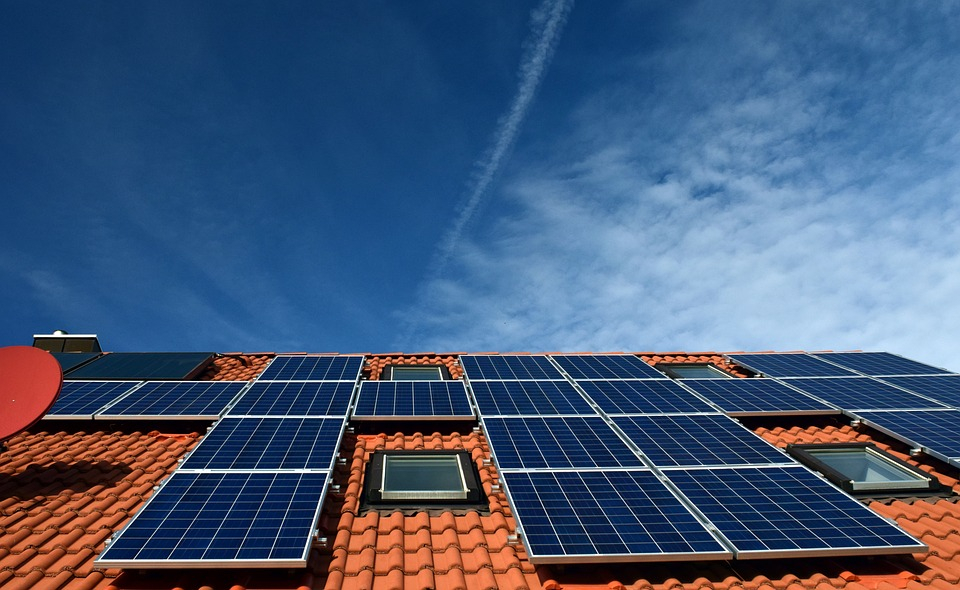
HEP Plans Increase to 200 Integrated Solar Power Plants 2025’s End
As Poslovni Dnevnik writes, HEP Proizvodnja (Production) has put an integrated solar power plant with a power of 215 kW into ...
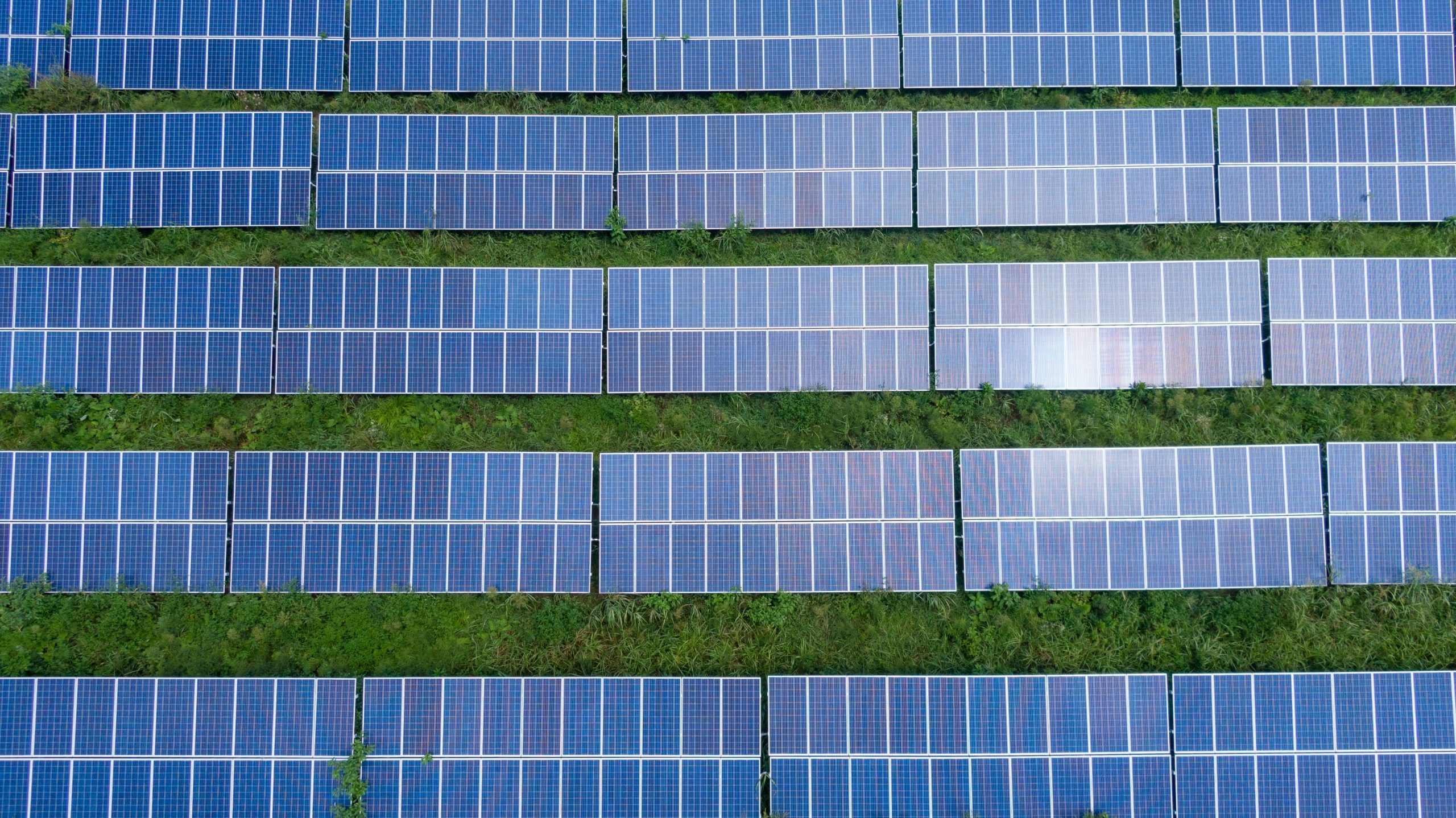
Croatia to Become Home to Europe’s Largest Solar Power Plant
As Poslovni writes, in about ten days, the Croatian Ministry of Economy and Sustainable Development will open bids for energy ...
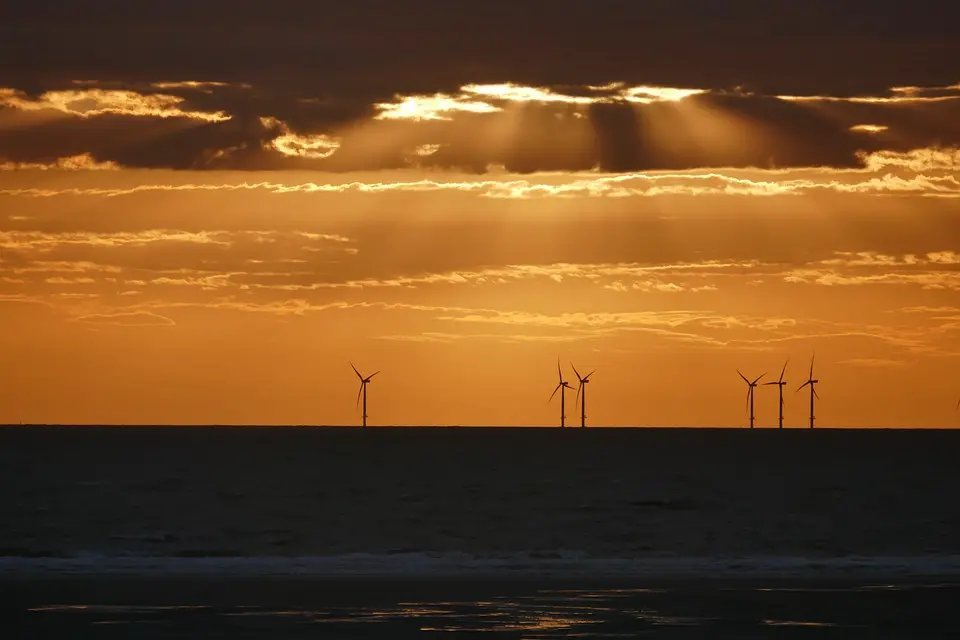
Could Offshore Wind Facilities See Croatia Become Electricity Exporter?
As Poslovni Dnevnik writes, engulfed in the ongoing fear of rising electricity and gas prices, people are increasingly turning to greener, ...

Krizevci Doubles Number of Households Using Solar Panels
As Poslovni Dnevnik writes, following a recently announced public call/invitation, the mayor of Krizevci, Mario Rajn, signed contracts with an ...
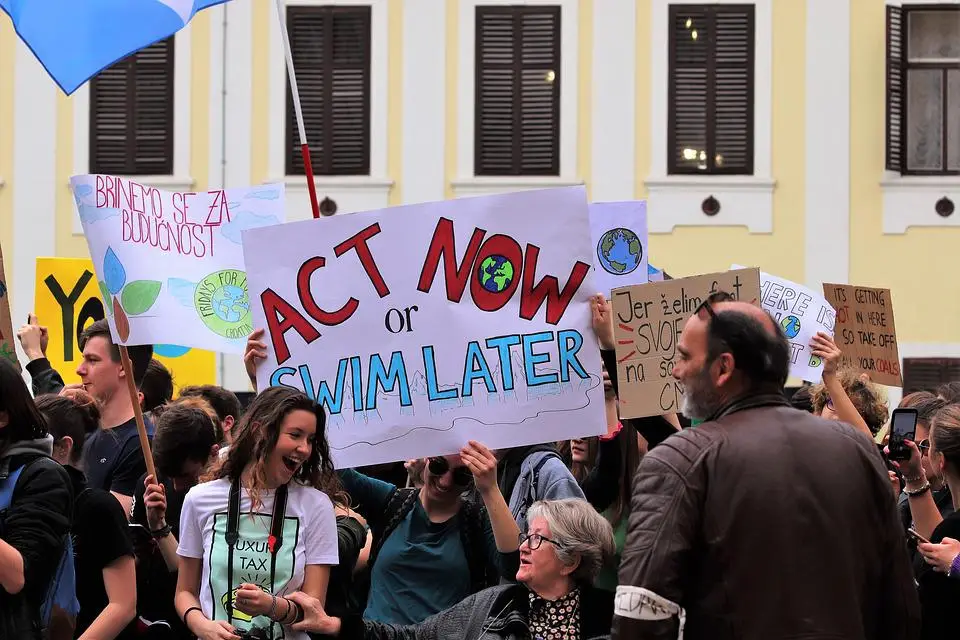
Mass Zagreb Solar Panel Installation to Reduce Costs by 80%
As Darko Bicak/Poslovni Dnevnik writes, the Zagrebacki suncani krovovi/Zagreb solar panels company would be in charge of carrying out a ...
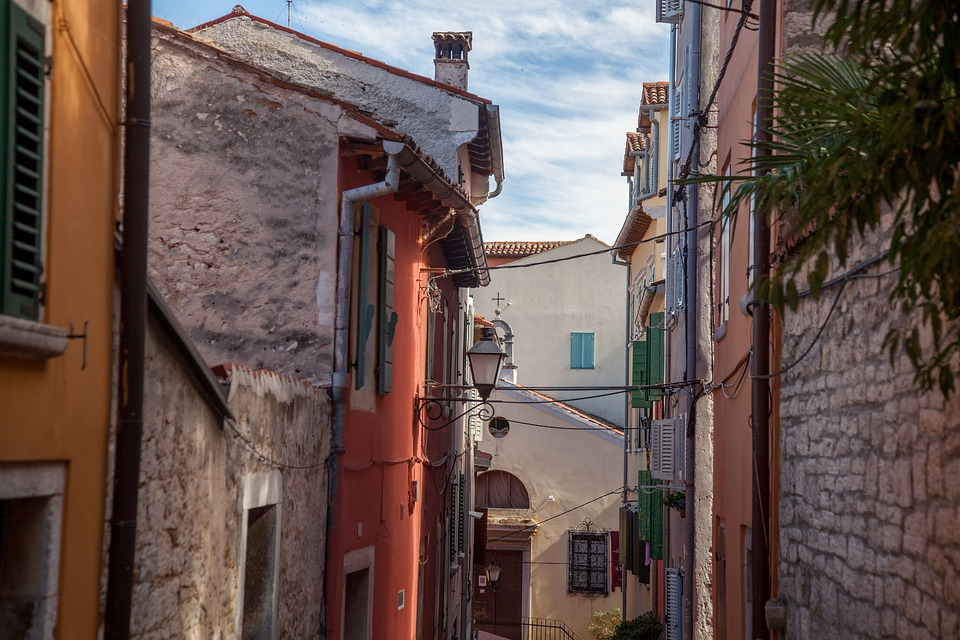
Istrian Apartment Prices Skyrocket, New EU Plan to Cause Further Rises
As Poslovni Dnevnik writes, Istrian apartment prices have been climbing and climbing, and with the recent introduction of obligations to install solar ...
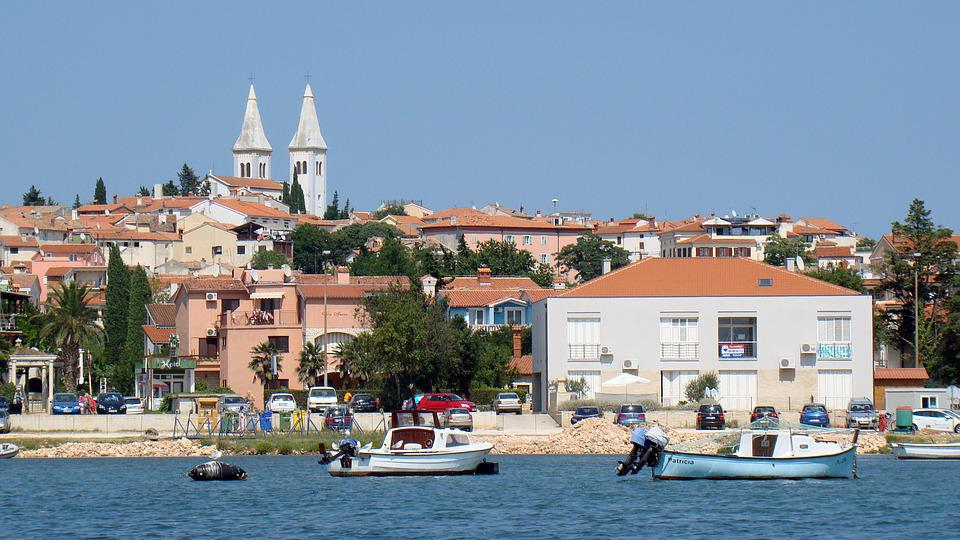
Medulin Solar Power Goal Given Spring in Step With 3.06 Million Kuna
One of the Republic of Croatia’s (many) natural riches is the sheer amount of hours of unfiltered sunshine it gets ...
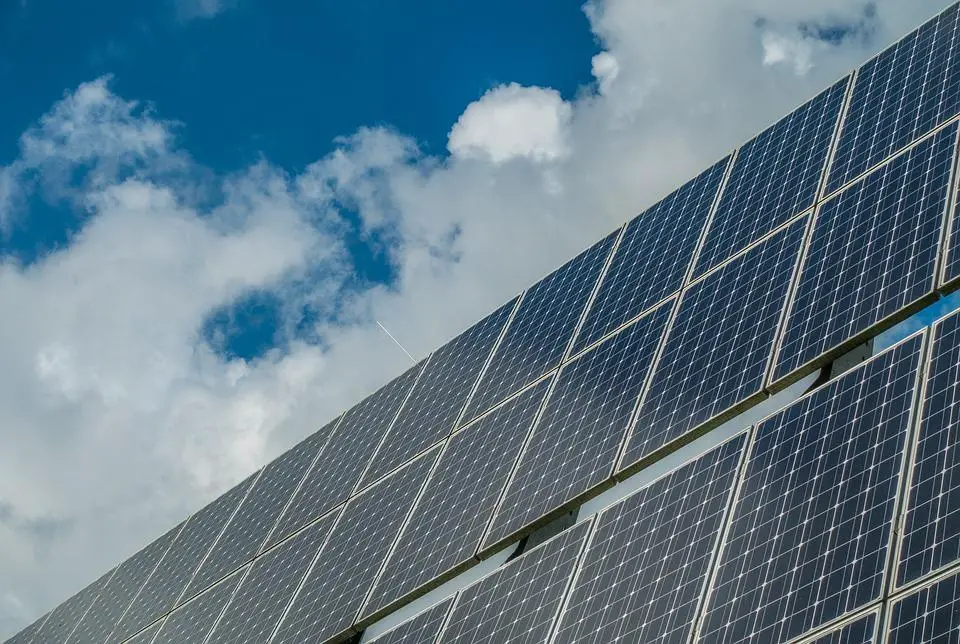
Croatian Company Valamar Turning to Solar Power for Hotels
As Poslovni Dnevnik/Darko Bicak writes, the development of tourism in Croatia must be sustainable and be guided by the principles ...

